TikTok's content recommendation algorithm is more appealing than the technology used by rivals like Facebook, Instagram, or YouTube. Here are some reasons why.
Algorithm
Algorithms are seen as core to ByteDance's overall operations. Reuters news agency cited sources as saying that ByteDance would rather shut down TikTok than sell it.
China made changes to its export laws in 2020 that gave it approval power over any export of algorithms and source code, adding complexity to selling apps.
It's not just the algorithms but also the combination with the short-form video format that has made TikTok a global success, say academics and former company employees.
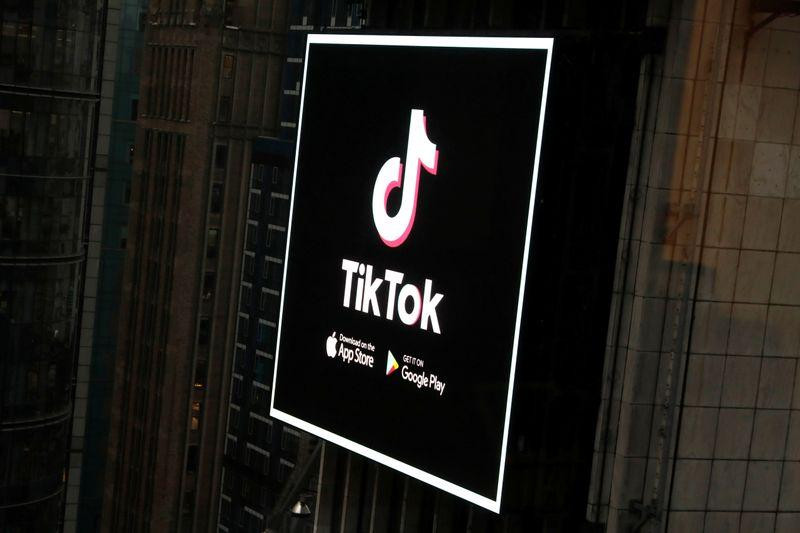
Before TikTok, many believed that technology that connects users’ social connections was the secret sauce to a successful social media app, as exemplified by Facebook and Meta’s Instagram. But TikTok showed that an algorithm driven by an understanding of users’ interests could be more powerful. Instead of building its algorithm on a “social graph” like Meta, TikTok executives—including CEO Shou Zi Chew—say their algorithm is based on “interest signals.”
While its rivals have similar interest-based algorithms, TikTok could make its algorithm more effective with its short-form video format, says Catalina Goanta, an associate professor at Utrecht University. “Their recommendation system is very popular. But what really sets TikTok apart is the design and the content,” she says.
The short-form video format makes TikTok's algorithm much more flexible and even capable of tracking changes in user interests over time, down to specific times of day.
Fast data collection
Additionally, the short-form video format allows TikTok to learn about users' interests at a much faster rate, said Jason Fung, TikTok's former head of gaming.
“Because the videos are short and small, you can collect data about user preferences much faster than YouTube, where the average video is under 10 minutes,” he said. “Imagine collecting data about the average user every 10 minutes versus every few seconds.”
Positioning TikTok as a mobile-first app from the start also gave it an advantage over rival platforms, which had to adapt their interfaces from desktop to mobile. And being early in the short-form video market gave TikTok a big advantage in the early stages. Instagram didn’t launch Reels until 2020, and YouTube introduced Shorts in 2021. So both are years behind TikTok in terms of data and product development.
Explore content
TikTok also frequently recommends content that is outside of users' interests, something the company's leadership has repeatedly said is essential to TikTok's user experience.
A study, published last month by researchers from the US and Germany, found that TikTok's algorithm "mined user preferences in 30% to 50% of recommended videos" after examining data from 347 TikTok users and five automated bots.
“This finding suggests that the TikTok algorithm chooses to recommend a large number of discovery videos to better infer user interests or maximize user retention by recommending more videos that are outside of their (known) interests,” the researchers wrote in the study, titled “TikTok and the Art of Personalization.”
Group people into groups
Ari Lightman, a professor at Carnegie Mellon University, points out that another effective tactic TikTok has used is to encourage users to form public groups through hashtags. Through this, TikTok can learn more effectively about users' behaviors, interests, affiliations, and ideologies.
If TikTok is eventually banned in the US, Lightman said that while US tech giants are certainly capable of replicating TikTok with their own products, replicating TikTok's user culture is a difficult problem.
China's advantage
TikTok's recommendation algorithm is largely taken from Douyin, which launched in 2016. While ByteDance often emphasizes that TikTok and Douyin are separate apps, a Reuters source said the two algorithms remain similar to this day.
In turn, Douyin’s AI is bolstered by ByteDance’s use of cheap labor in China. TikTok’s parent company hires scores of people to carefully tag all content and users on the platform.
“Around 2018 and 2019, Douyin made an effort to tag every user,” said Yikai Li, a manager at advertising firm Nativex and a former ByteDance executive. “They would manually tag every video, and then they would tag users based on the videos they watched.” This tactic also applies to TikTok.
While hiring people to tag data is a common and important activity for AI companies today, ByteDance adopted this strategy early. According to Li, tagging is labor-intensive, so Chinese companies have an advantage due to abundant labor and low costs compared to North America.
(According to Reuters)
Source


![[Photo] General Secretary To Lam receives Japanese Ambassador to Vietnam Ito Naoki](https://vstatic.vietnam.vn/vietnam/resource/IMAGE/2025/4/3/3a5d233bc09d4928ac9bfed97674be98)

![[Photo] Special relics at the Vietnam Military History Museum associated with the heroic April 30th](https://vstatic.vietnam.vn/vietnam/resource/IMAGE/2025/4/3/a49d65b17b804e398de42bc2caba8368)
![[Photo] Moment of love: Myanmar people are moved to thank Vietnamese soldiers](https://vstatic.vietnam.vn/vietnam/resource/IMAGE/2025/4/3/9b2e07196eb14aa5aacb1bc9e067ae6f)
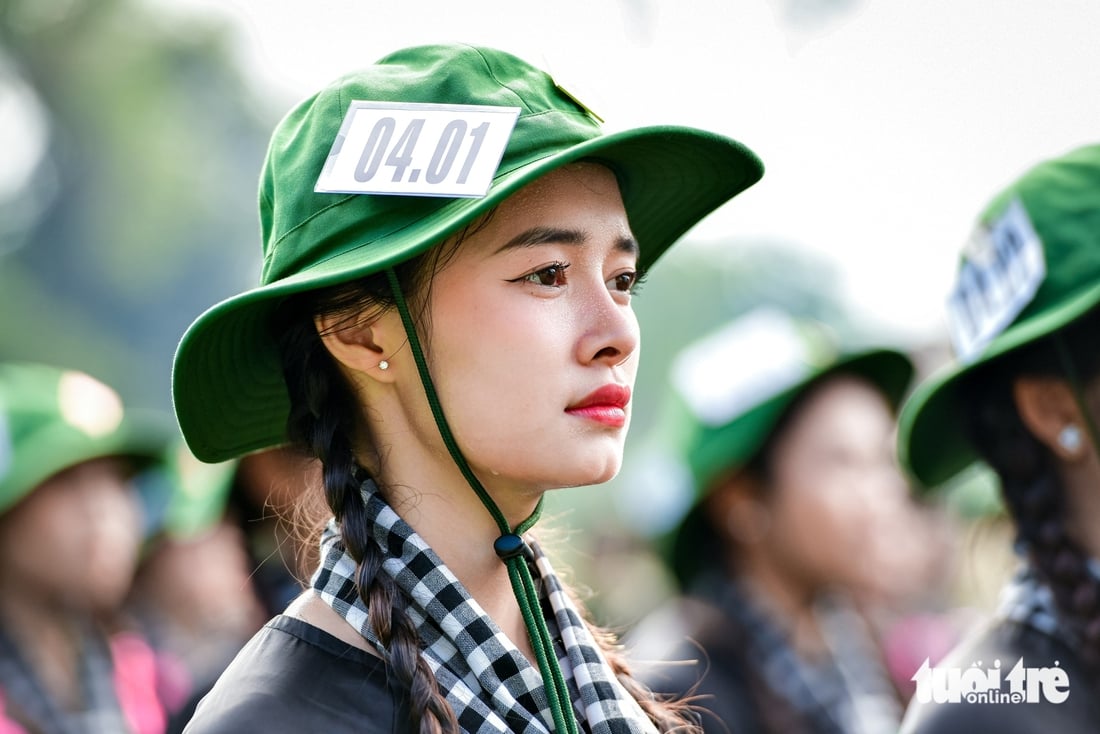

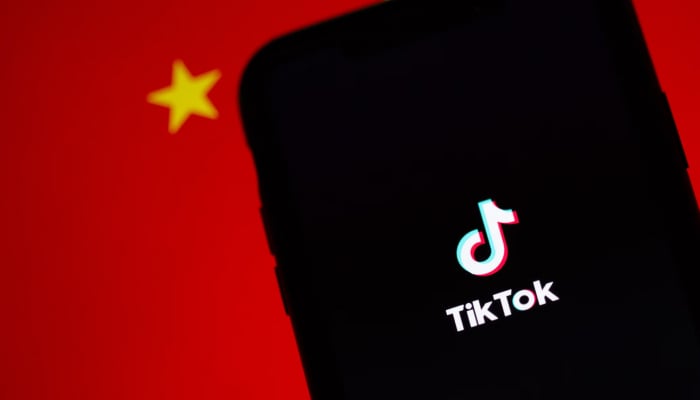

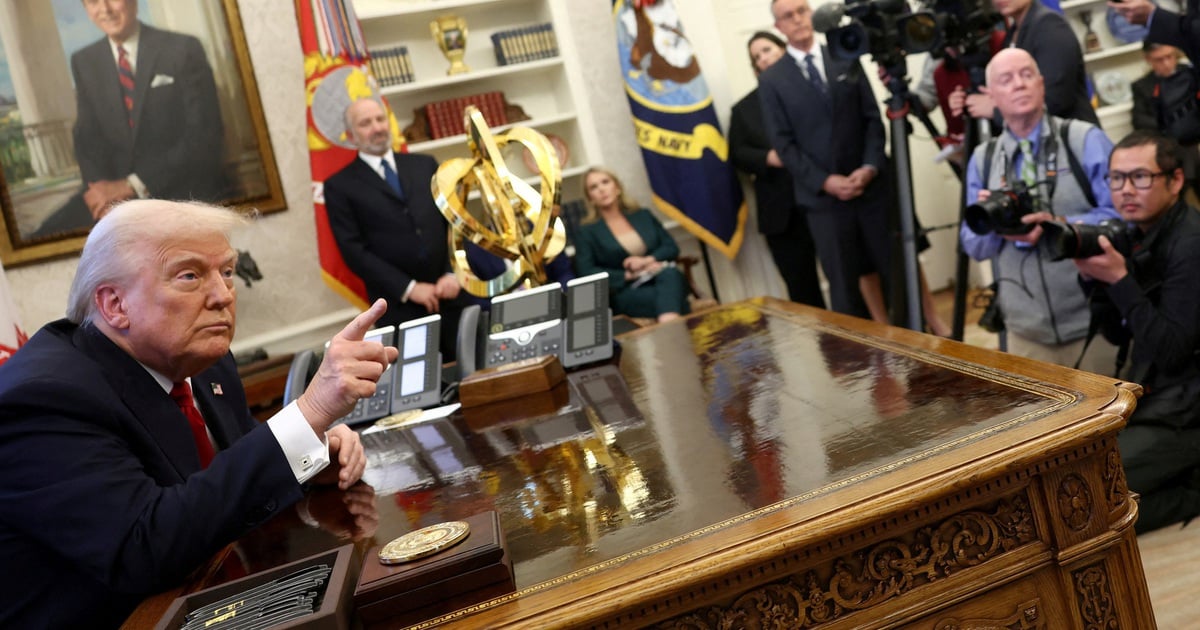

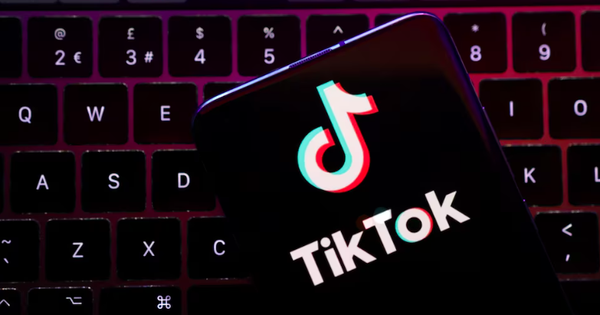

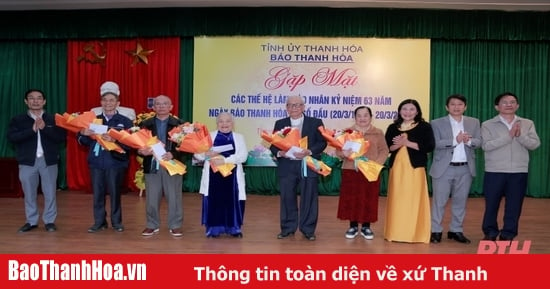


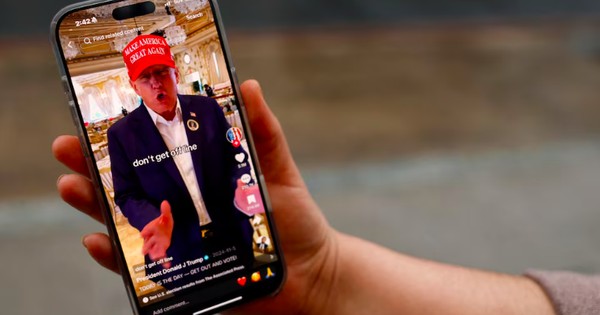

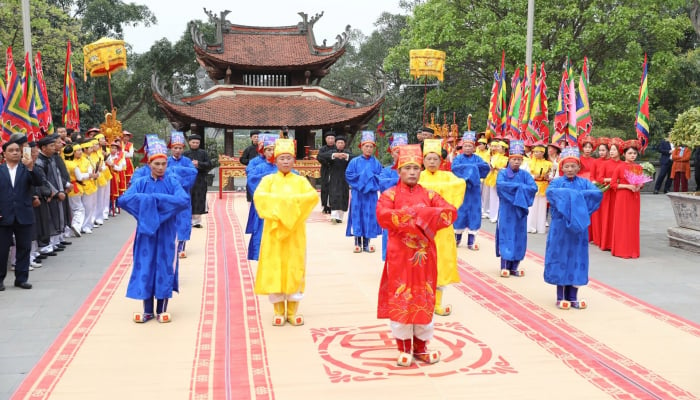
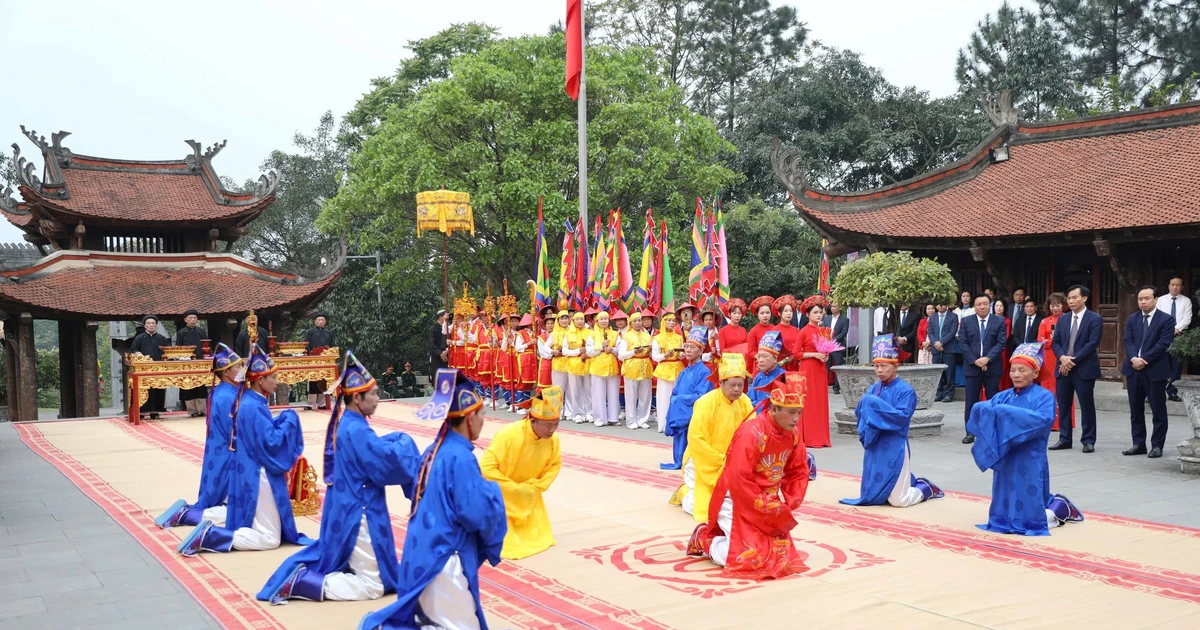
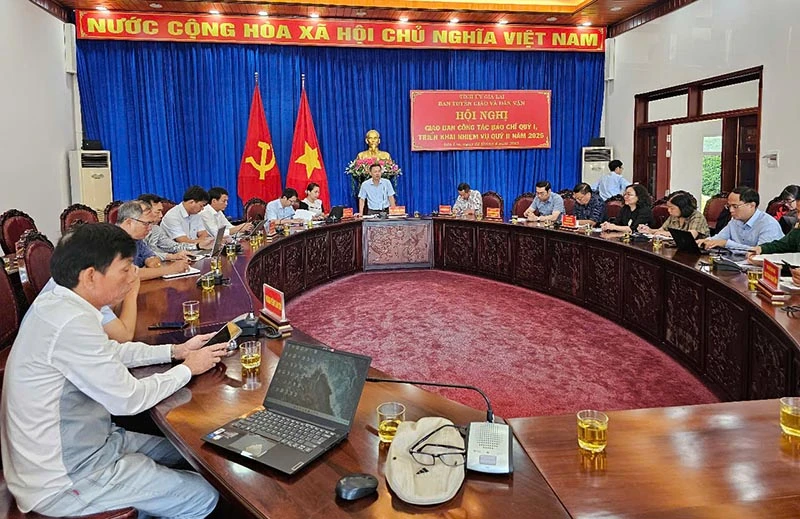






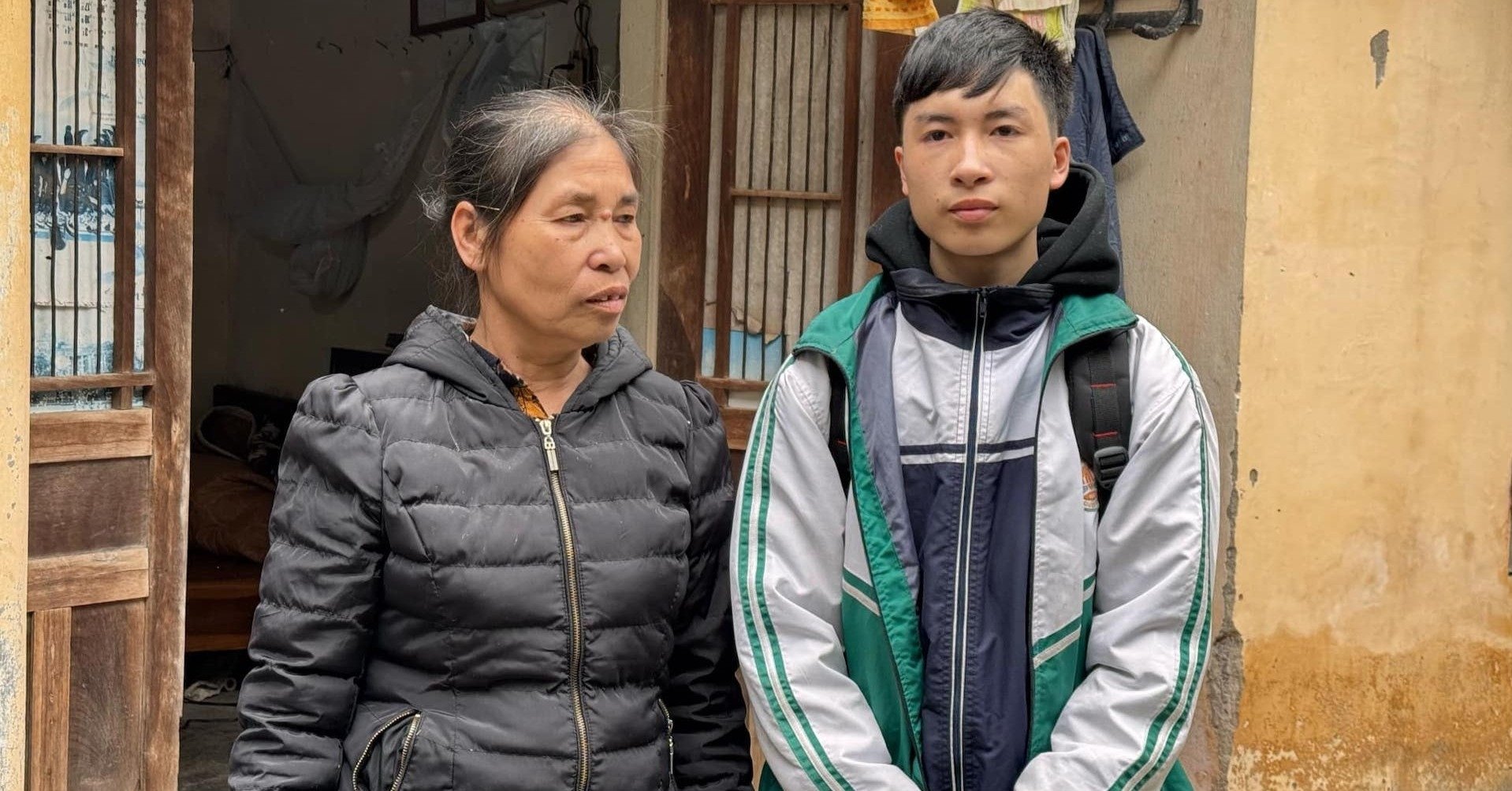

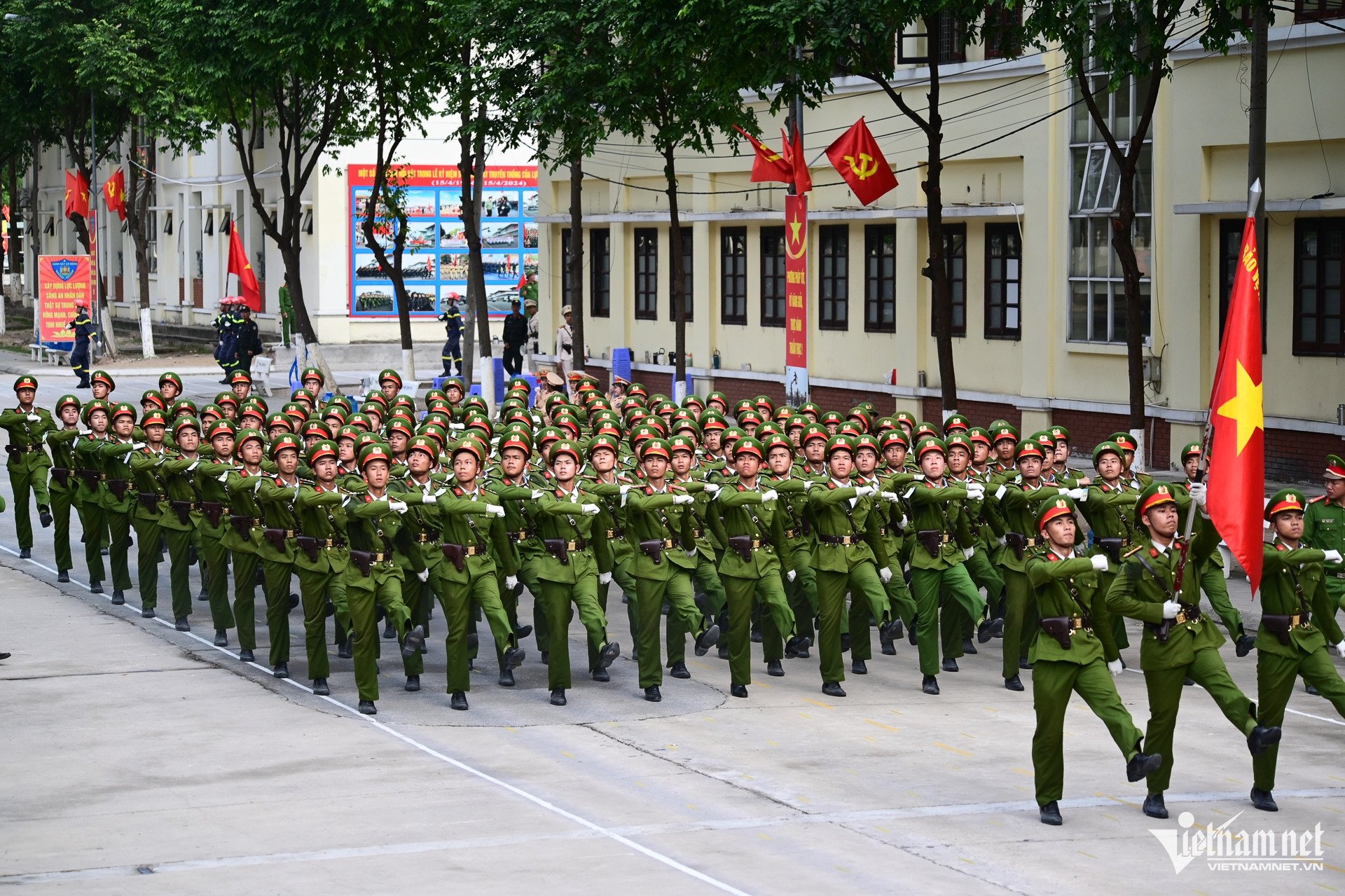

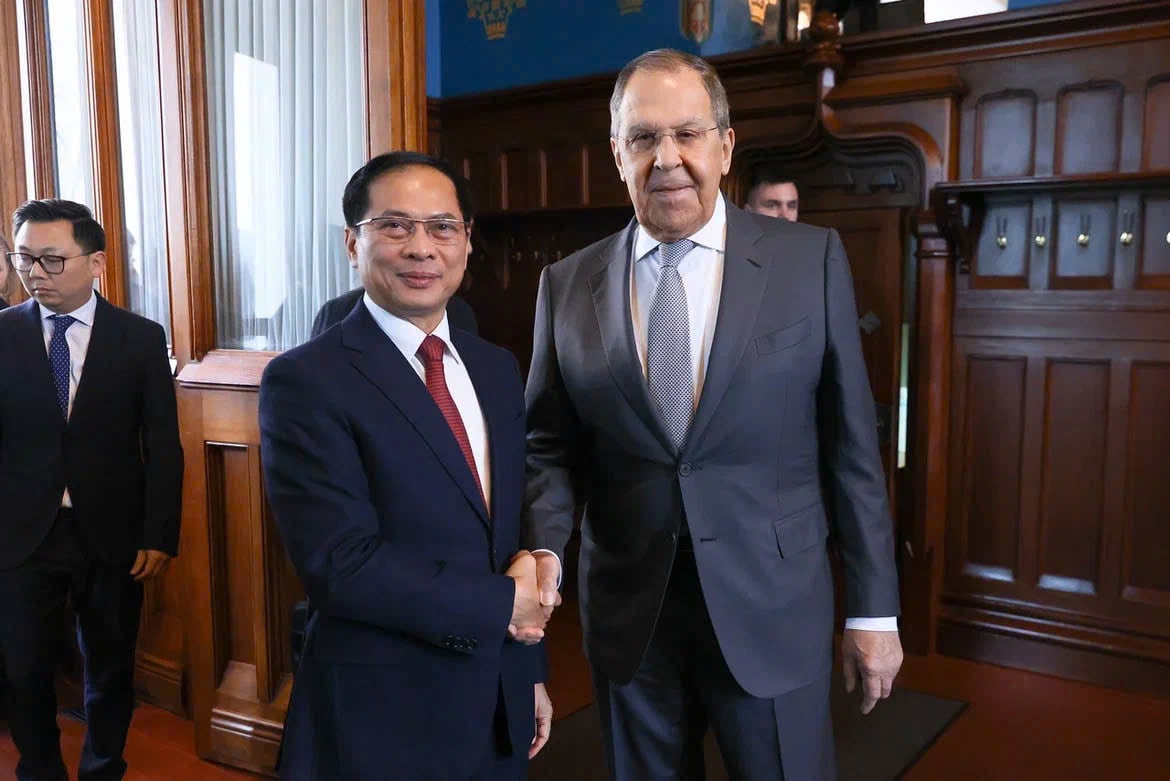



























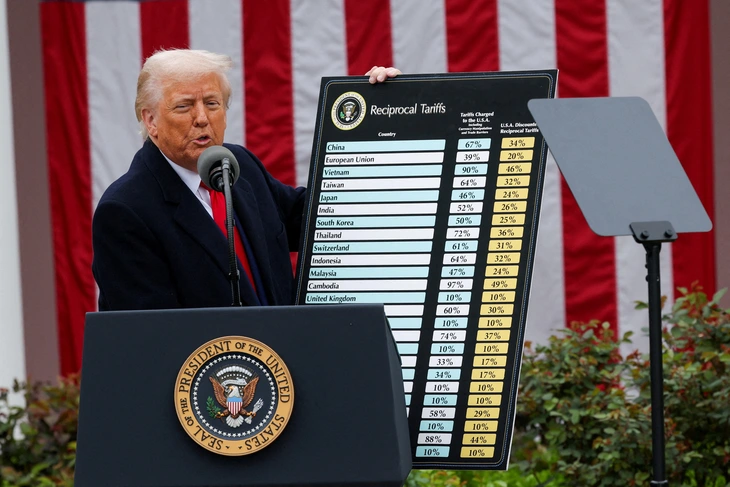
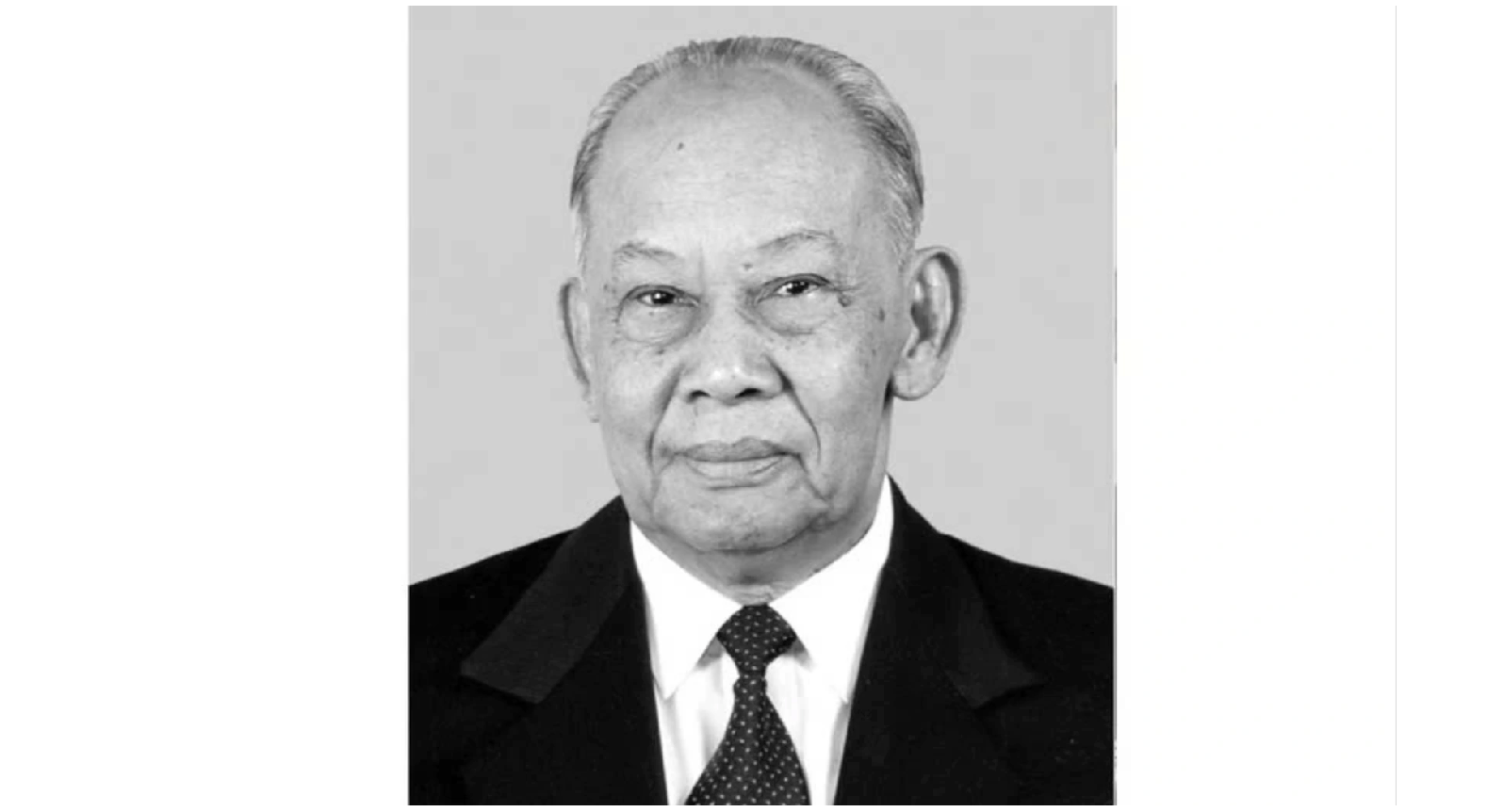
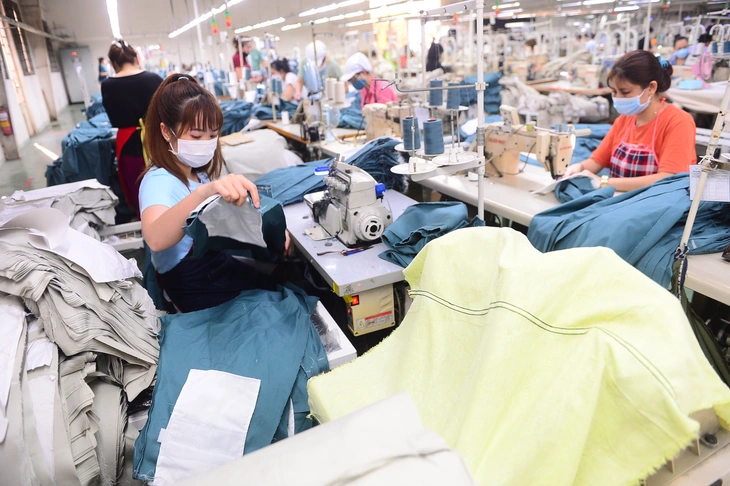
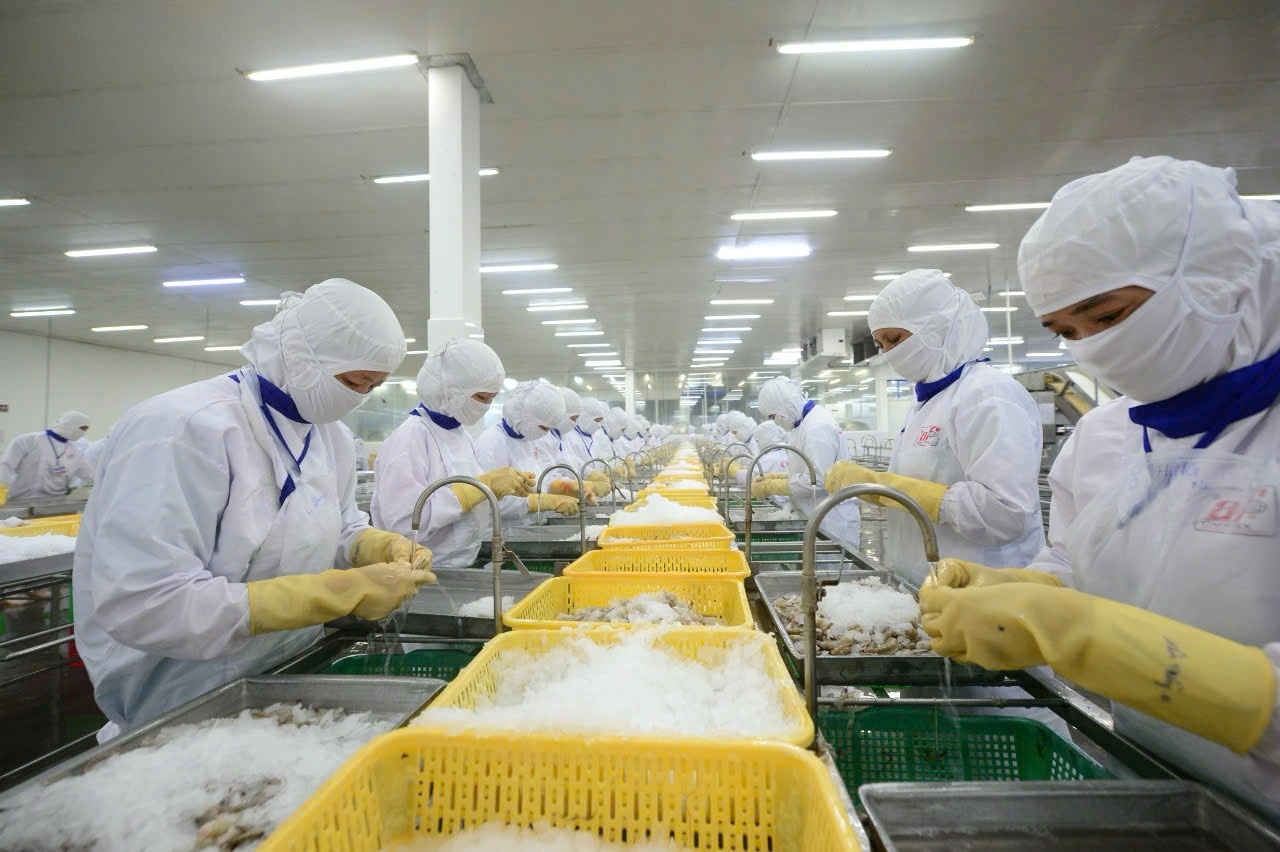

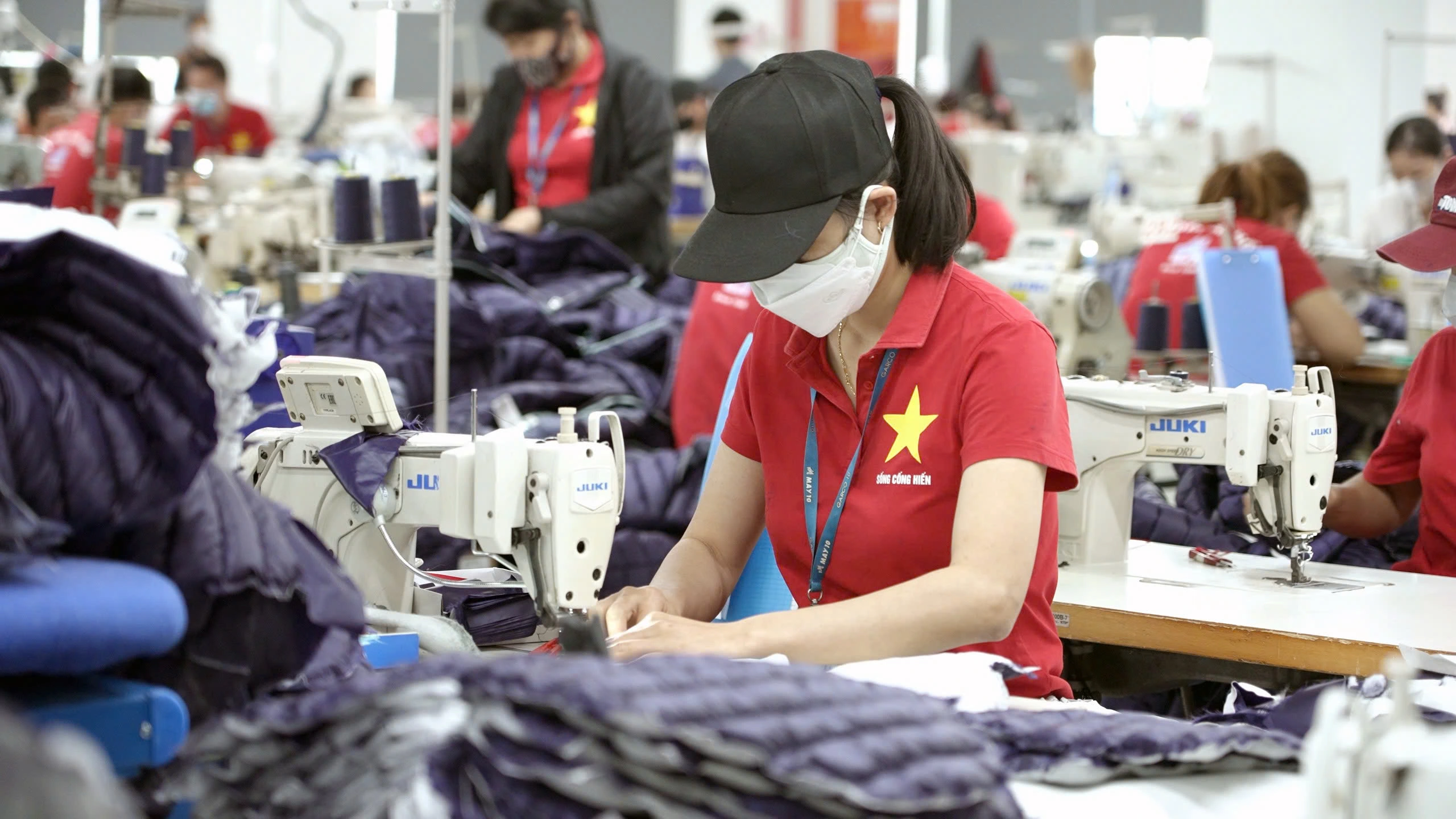
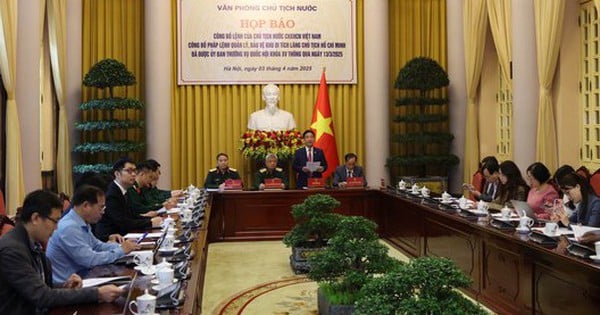



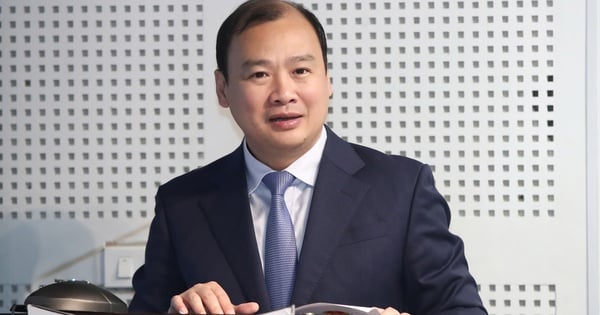








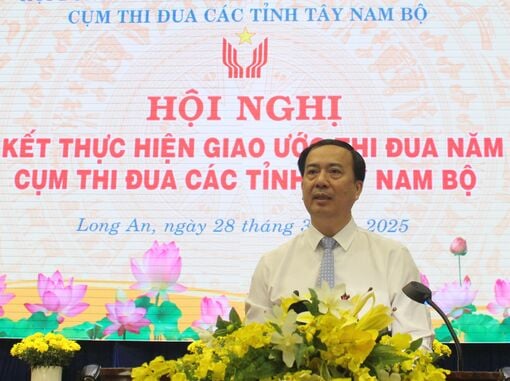
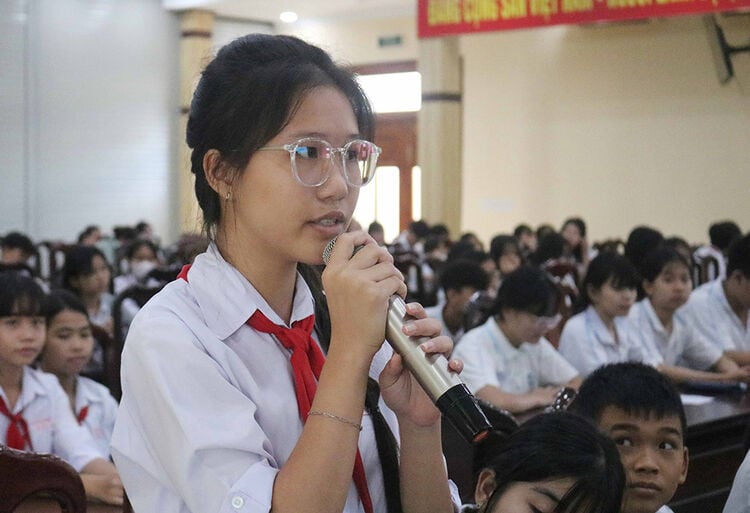













Comment (0)